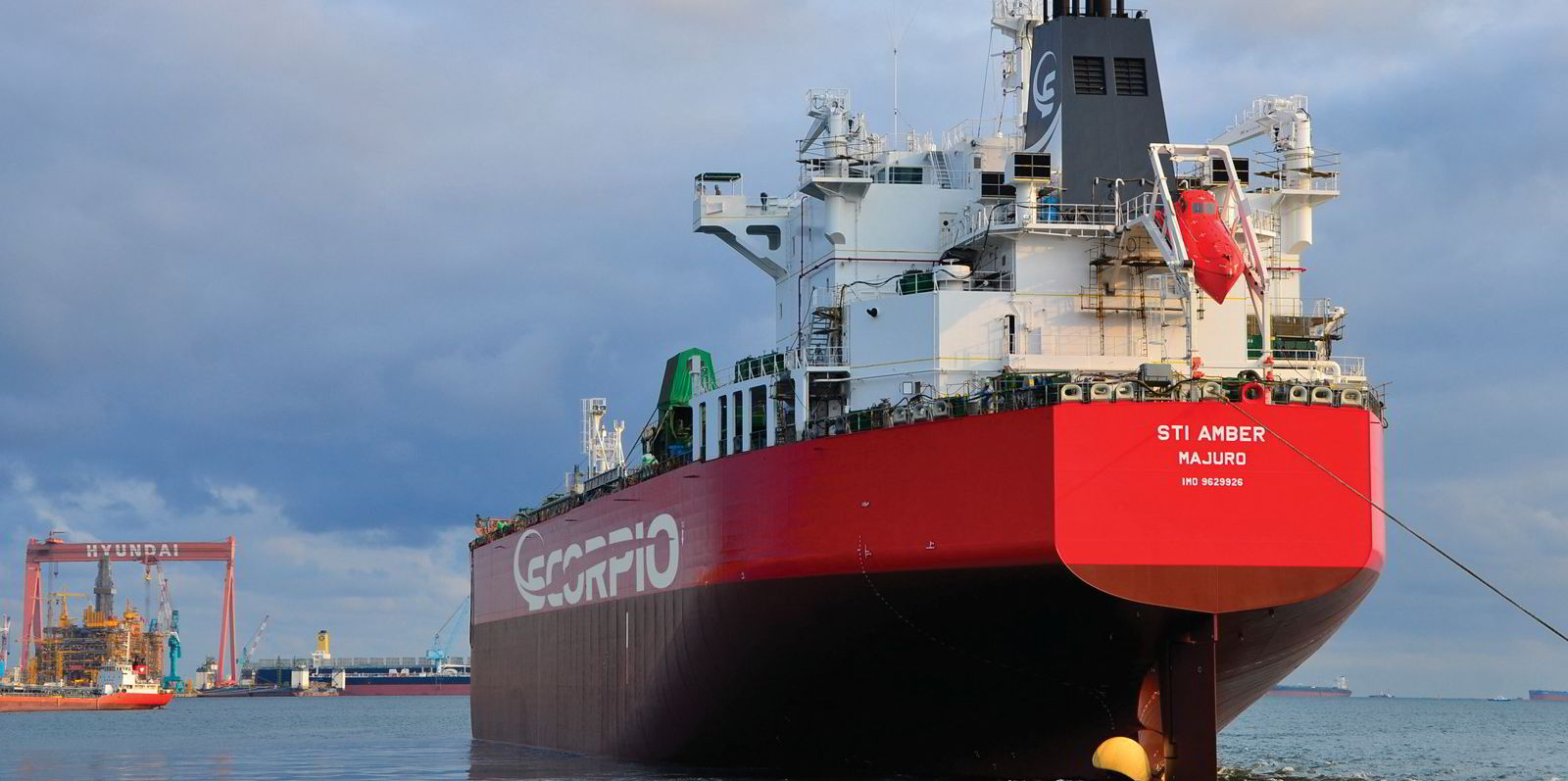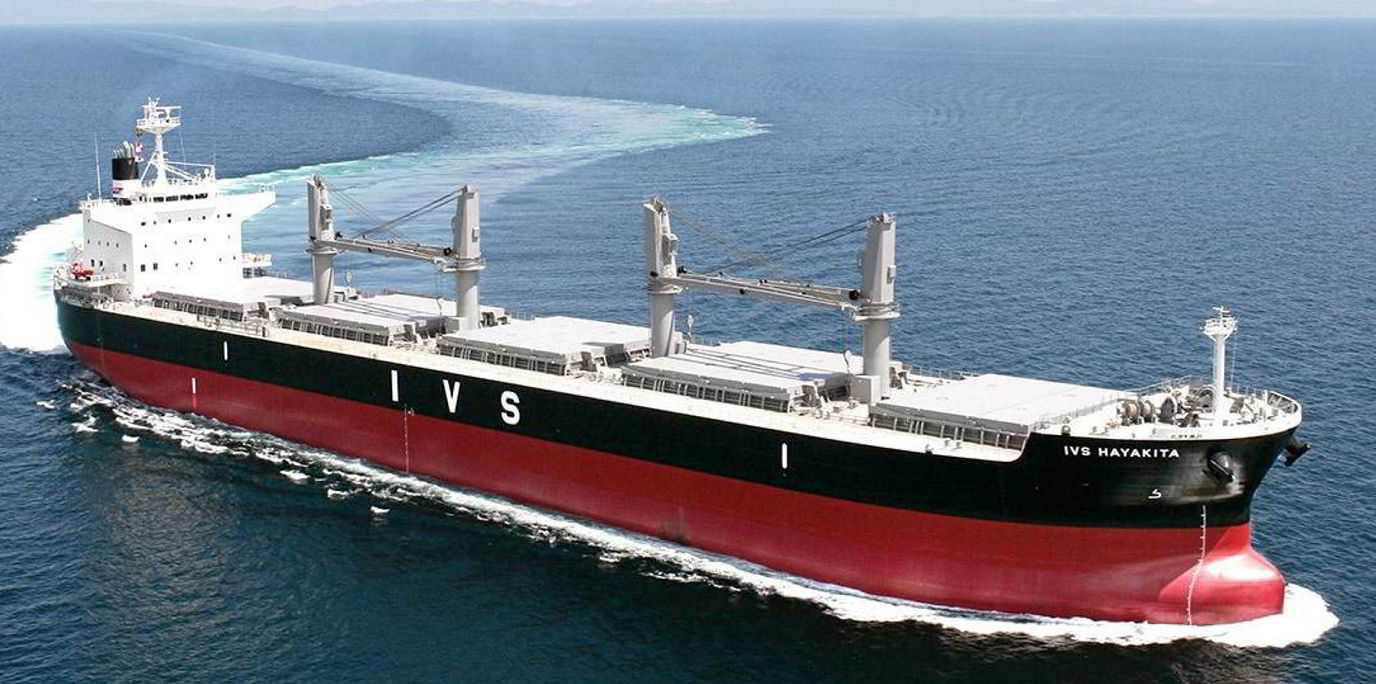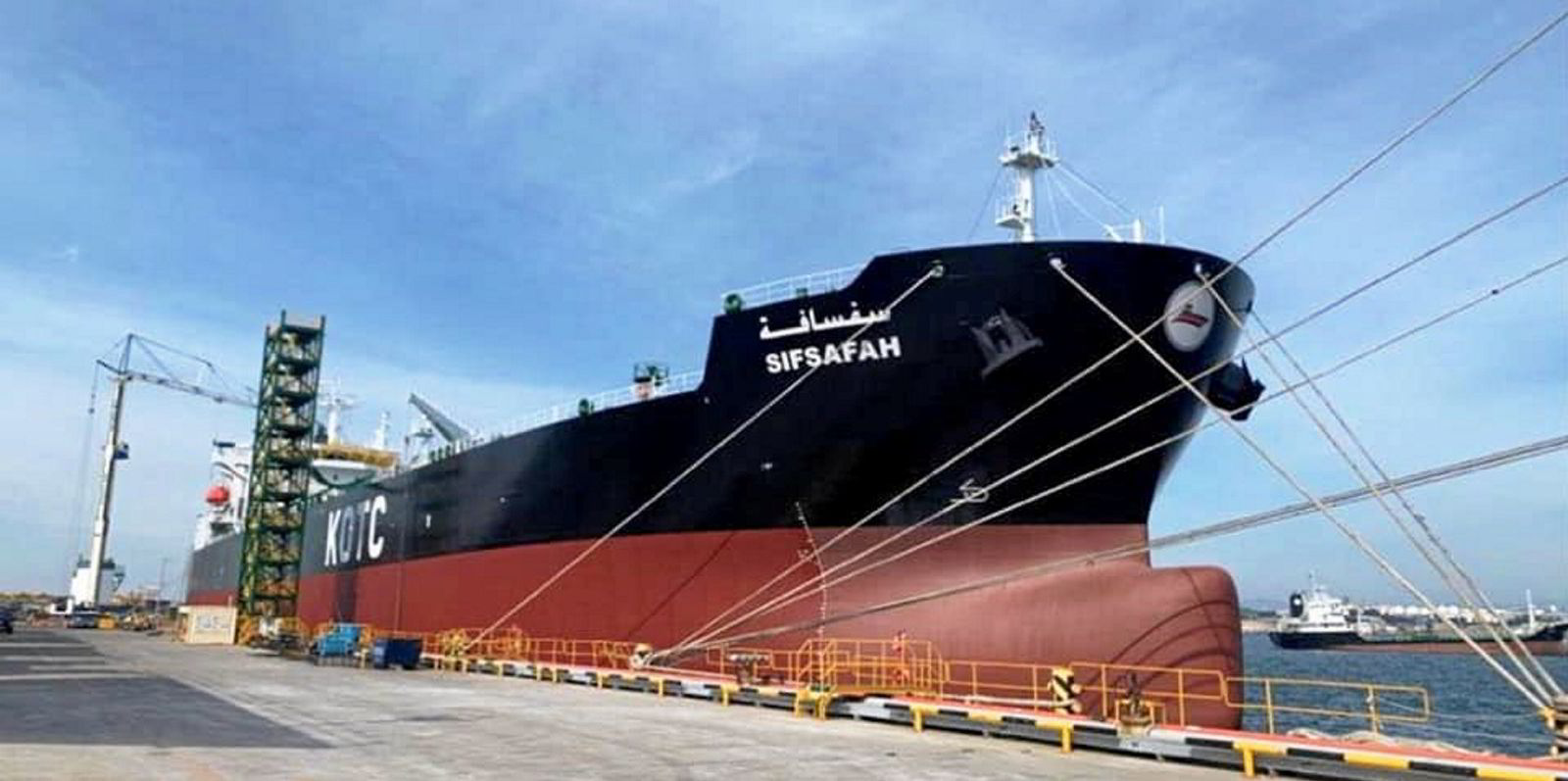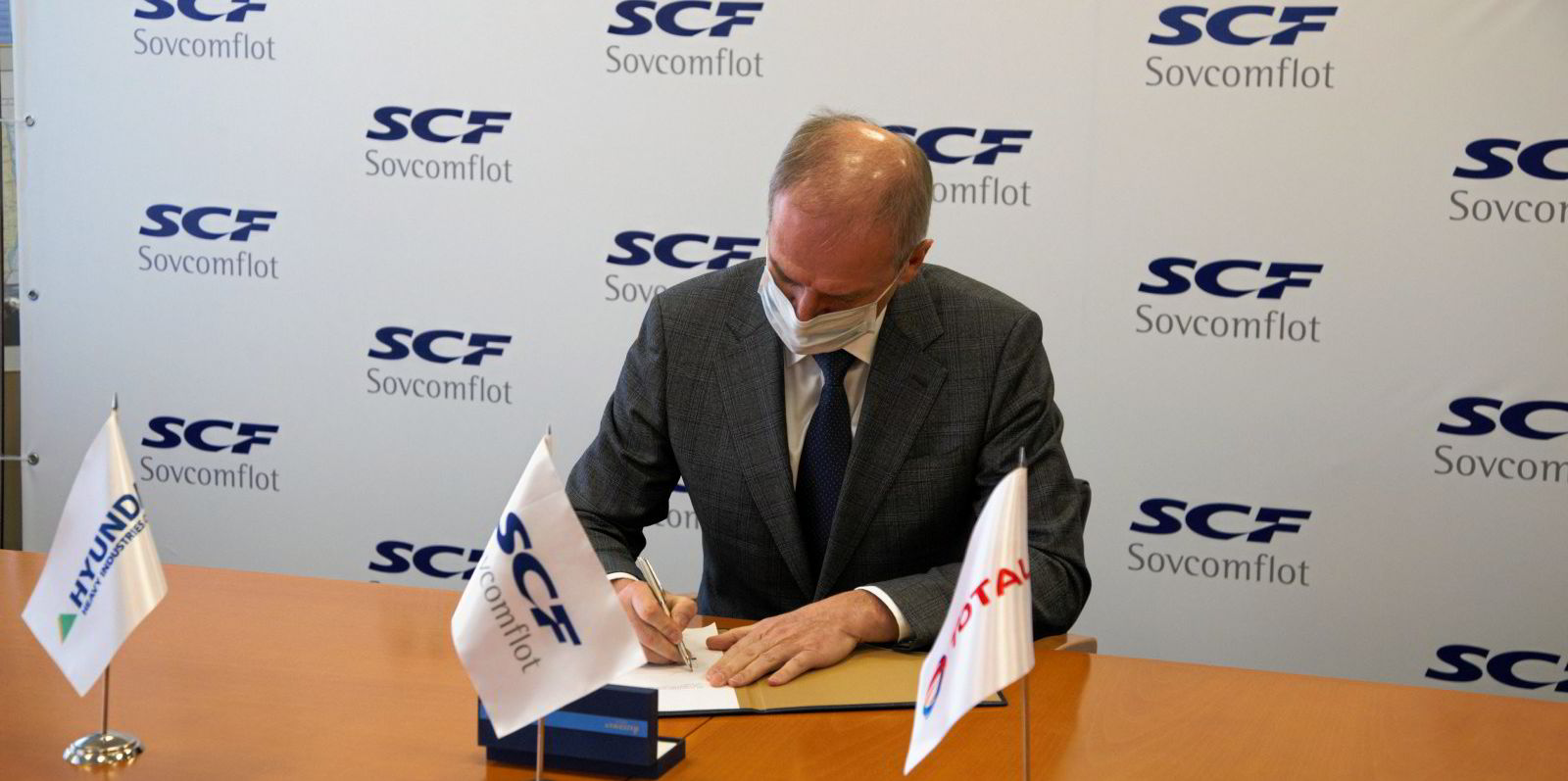The prediction that product tankers would lead the way in a market recovery seems to be proving true.
While ailing during the throes of the Covid-19 pandemic, both crude and product tanker owners were expected to benefit from low oil inventories and a small orderbook — but only product tanker owners were able to talk up the added benefit of refinery closures adding tonne miles.
Add the trade dislocations brought on by the Russian invasion of Ukraine, and product tanker rate growth is outpacing crude tankers.
“The ongoing trend of refinery dislocation, which we’ve been talking about for some time, will continue to have a positive effect on product tanker demand,” said Ardmore Shipping finance chief Paul Tivnan.
“Overall, product tonne-mile demand is expected to be 3% to 4% annually to 2026, which is well above supply growth. And based on recent market activity, tonne-mile demand for product tankers is potentially much higher this year.”
Ardmore said its fleet of MR tankers earned an average of $15,600 per day in the first quarter, where it posted a $900,000 loss.
In the second quarter, average earnings were $25,500 per day with 50% of days fixed.
But in the weeks leading up to its 4 May earnings release, that figure had jumped to $34,400 per day, more than doubling its first-quarter time charter equivalent figure.
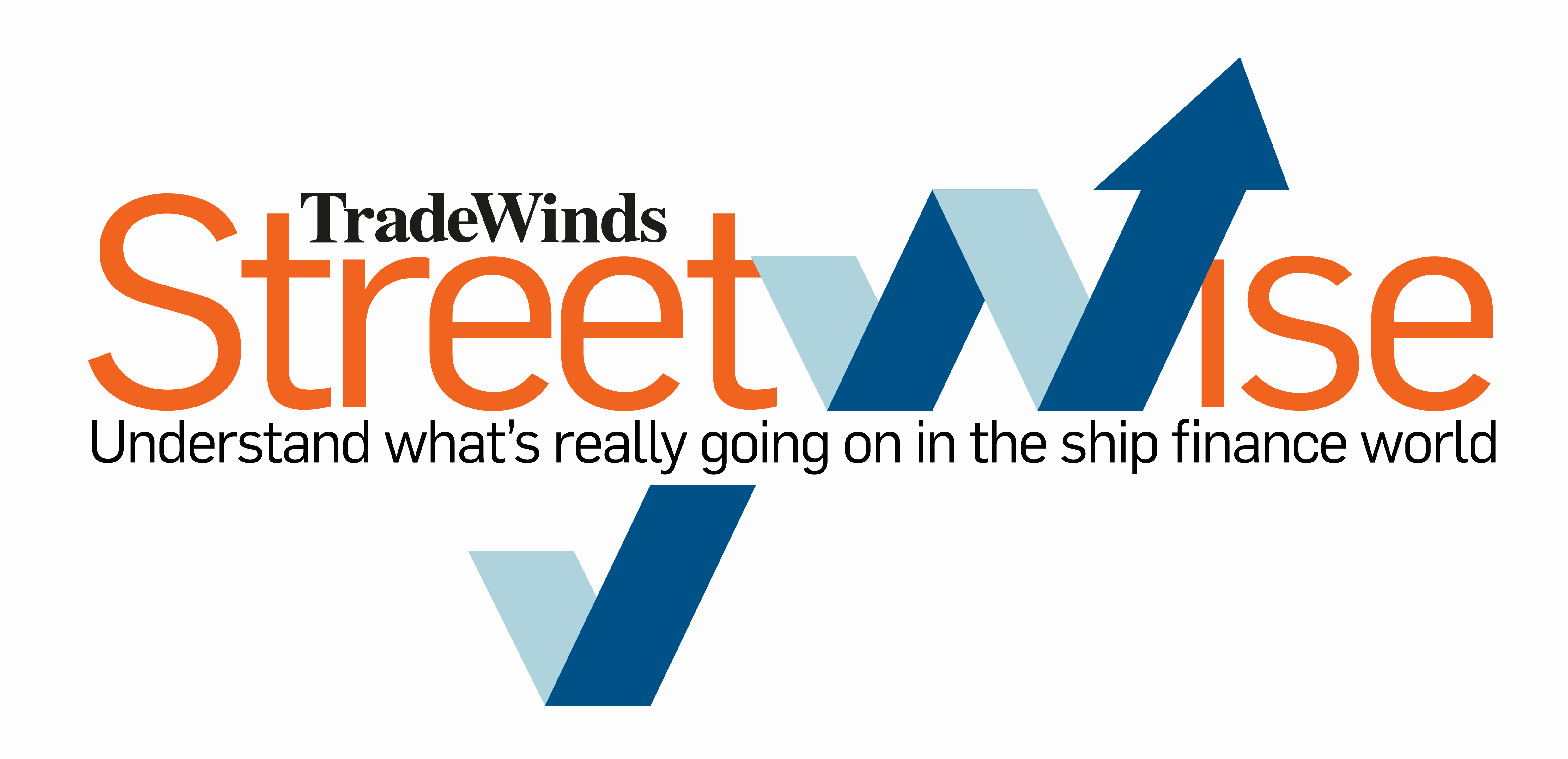
Other owners saw big jumps, too: Pyxis Tankers MRs fetched $11,227 per day in the first quarter and in the second quarter, with 67% of days booked, were earning $27,900 per day.
Scorpio Tankers saw its LR2s fetch $14,475 per day in the first quarter before rising to $24,200 per day in the second quarter with 44% of days booked, while its MRs jumped from $16,305 per day to $30,000 per day in the second quarter with 42% of days booked.
Like Ardmore, those figures went even higher recently, management said, with its eco MRs and LR2s trading above $40,000 per day in the Middle East and Asia.
While crude owners saw jumps in rates, too, the factor was much smaller. Their ships were earning a few thousand dollars more per day, with the biggest improvements coming for suezmaxes and aframaxes.
On its earnings call, Pyxis chief executive Valentios Valentis said beyond Russia’s war in Ukraine and inventories that diesel shortages throughout much of the world and low inventories on the US east coast were boosting the market.
“Refiners are trying to meet this increased demand, which has resulted in changing trade patterns, expansion of tonne miles, higher prices for oil products and increasing transportation costs,” he said.
On its call, Scorpio Tankers research analyst James Doyle said, in addition to the other factors, diesel demand has returned to pre-pandemic levels and is outpacing production.
“With inventories at historically low levels, there is a limited ability to supply demand from draws, and refinery runs will need to increase as well as product exports. This is extremely constructive,” he said.
“And it's expected that product exports and ton-mile demand will increase by 5% and 14% this year.”
